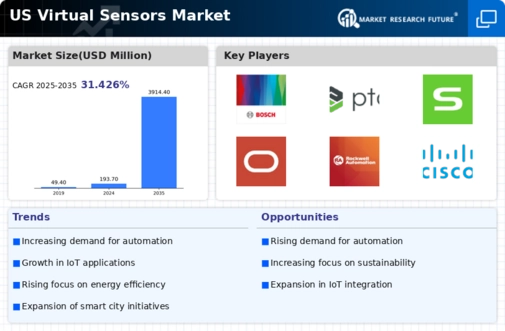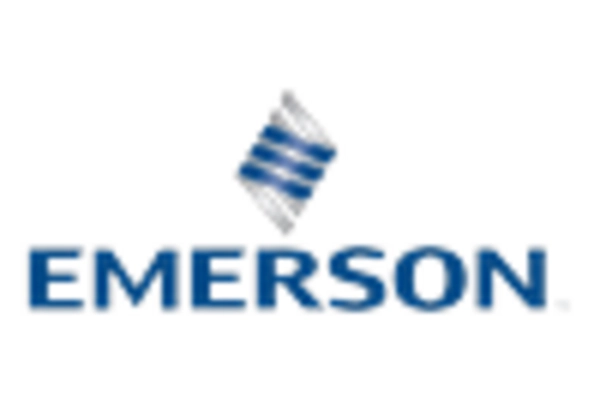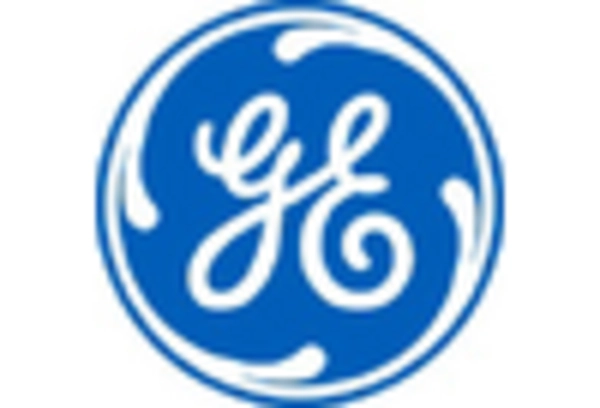Rising Demand for Real-Time Data
the virtual sensors market is seeing a notable surge in demand for real-time data analytics across various sectors. Industries such as manufacturing, healthcare, and transportation are increasingly relying on instantaneous data to enhance operational efficiency and decision-making processes. This trend is driven by the need for timely insights that can lead to improved productivity and reduced downtime. According to recent estimates, the market for real-time data analytics is projected to grow at a CAGR of approximately 25% over the next five years. As organizations seek to leverage data for competitive advantage, the virtual sensors market is positioned to benefit significantly from this growing demand.
Integration with Smart Technologies
The integration of virtual sensors with smart technologies is a pivotal driver in the virtual sensors market. As smart devices proliferate, the need for seamless communication and data exchange becomes paramount. Virtual sensors facilitate this integration by providing accurate and reliable data inputs for smart systems, enhancing their functionality. For instance, in smart homes and cities, virtual sensors play a crucial role in monitoring environmental conditions and optimizing resource usage. The increasing investment in smart infrastructure is expected to propel the virtual sensors market, with projections indicating a market value exceeding $10 billion by 2027.
Cost Efficiency and Resource Optimization
Cost efficiency remains a critical driver for the virtual sensors market, as organizations seek to optimize resource allocation and reduce operational expenses. Virtual sensors offer a cost-effective alternative to traditional sensors, eliminating the need for extensive physical installations and maintenance. This financial advantage is particularly appealing to small and medium-sized enterprises (SMEs) that may have limited budgets. By utilizing virtual sensors, these organizations can achieve significant savings while still benefiting from accurate data collection and analysis. The potential for cost reduction is likely to attract more businesses to adopt virtual sensors, thereby expanding the market.
Advancements in Communication Technologies
Advancements in communication technologies are significantly impacting the virtual sensors market. The proliferation of 5G networks and enhanced wireless communication protocols enable faster and more reliable data transmission. This technological evolution allows virtual sensors to operate more efficiently, providing real-time data to users without latency issues. As industries increasingly rely on connected devices, the demand for virtual sensors that can leverage these advancements is likely to rise. The virtual sensors market is expected to see substantial growth as businesses seek to capitalize on the benefits of improved communication technologies.
Regulatory Compliance and Safety Standards
The virtual sensors market is also influenced by the increasing emphasis on regulatory compliance and safety standards across various industries. As governments and regulatory bodies implement stricter guidelines, organizations are compelled to adopt technologies that ensure compliance. Virtual sensors provide a means to monitor and report on compliance-related metrics effectively. For example, in the environmental sector, virtual sensors can track emissions and pollutants, helping companies adhere to environmental regulations. This growing need for compliance is expected to drive the adoption of virtual sensors, as organizations prioritize safety and regulatory adherence.

















Leave a Comment